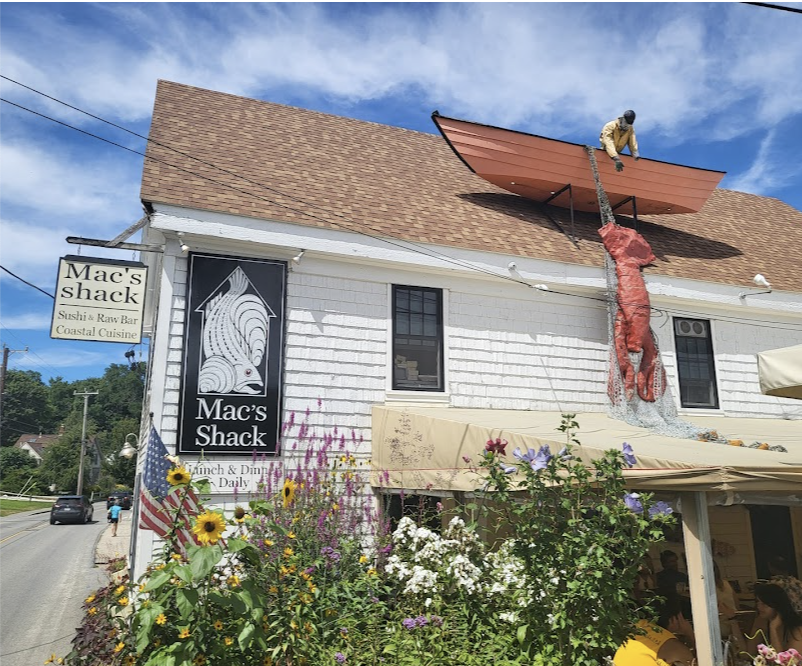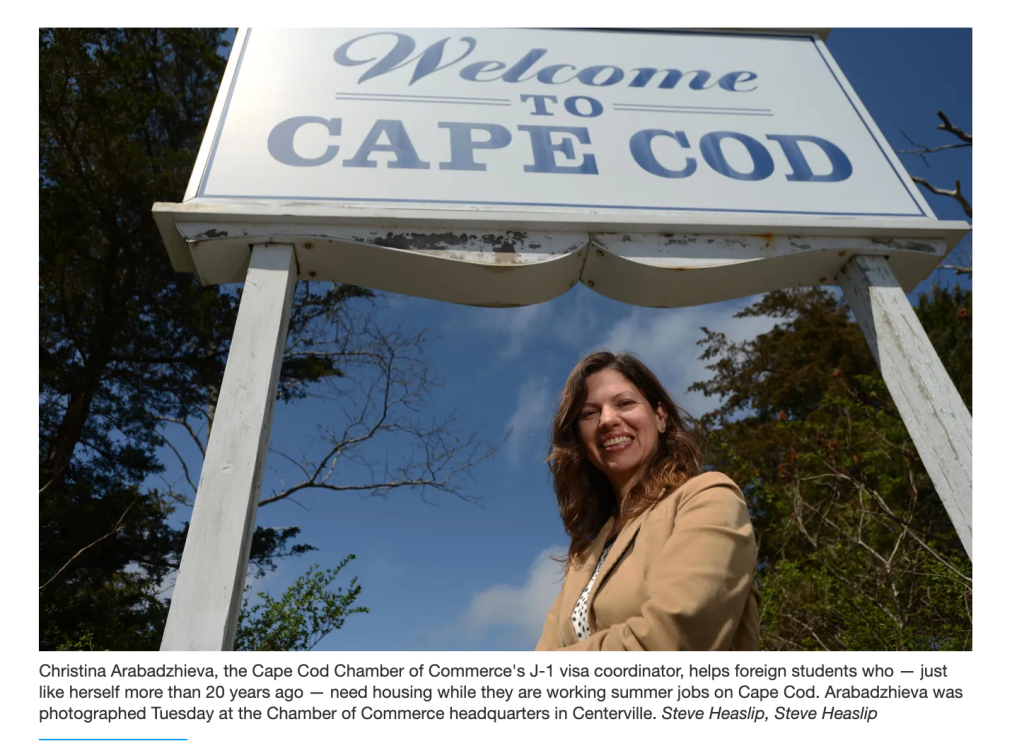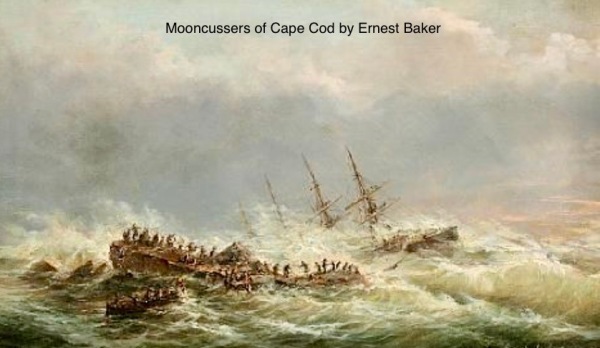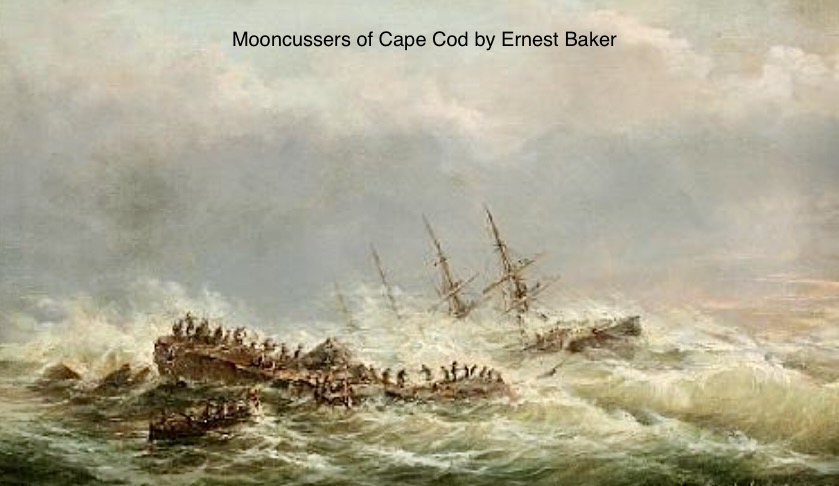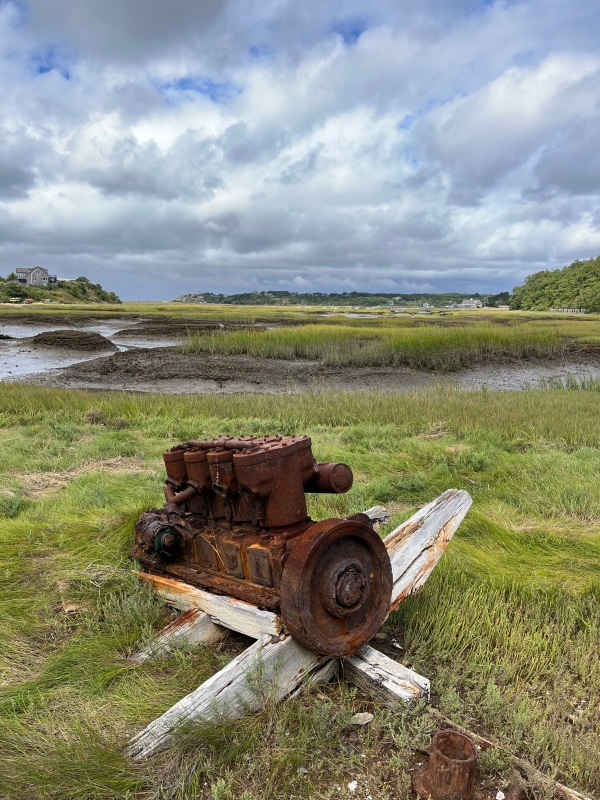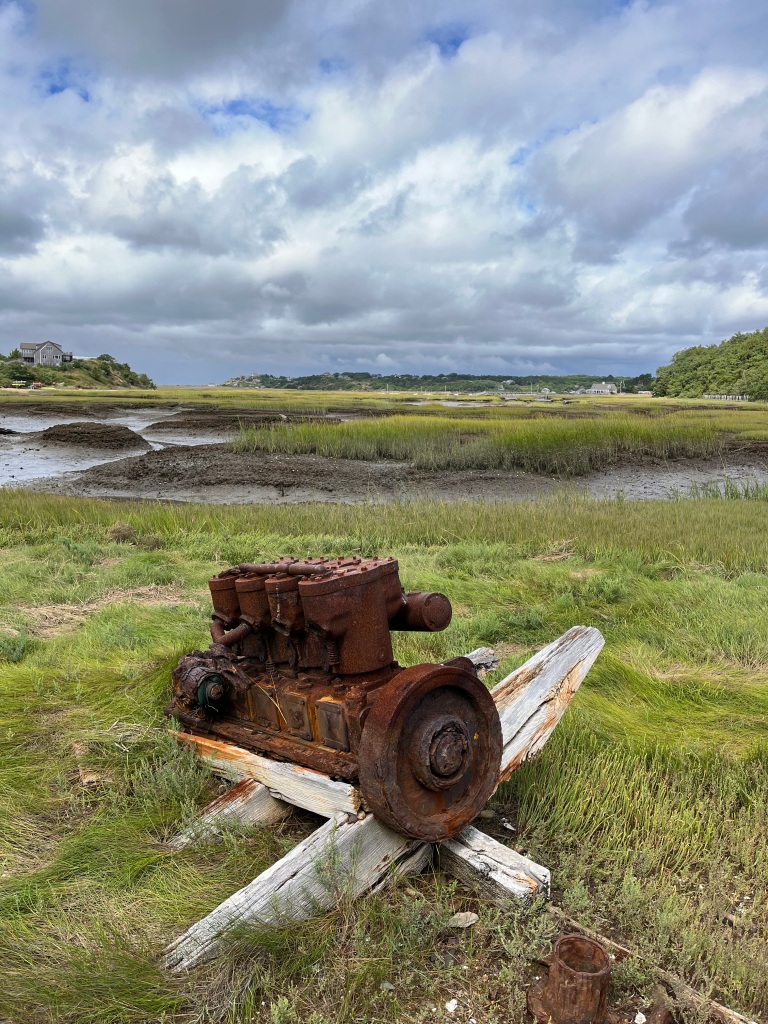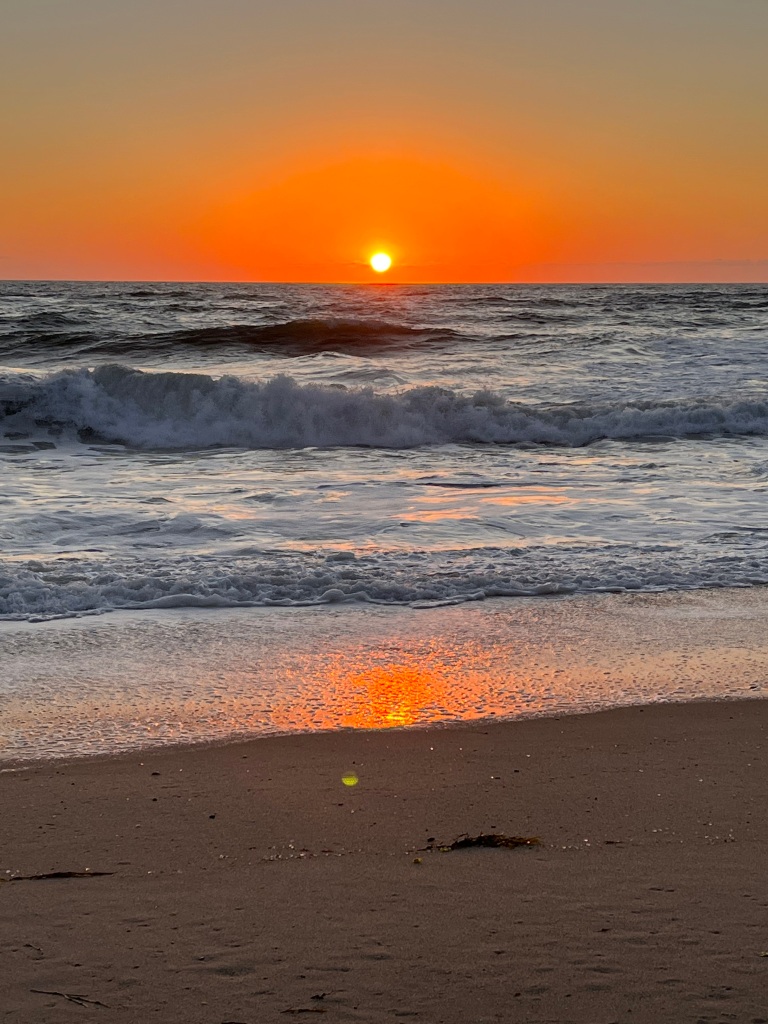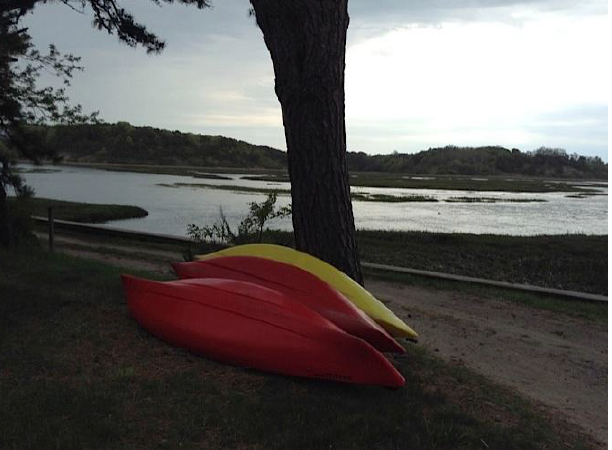Those who a familiar with Provincetown may have wondered why all the cars are parked along Route 6 right before you get to town. We have wondered this for years and decided to find out. There is an unmarked path that is through the dunes- officially the Peaked Hills Bars Historic District. In addition to very large sand dunes, the area contains dune shacks that are part of the Provincetown’s rich history.
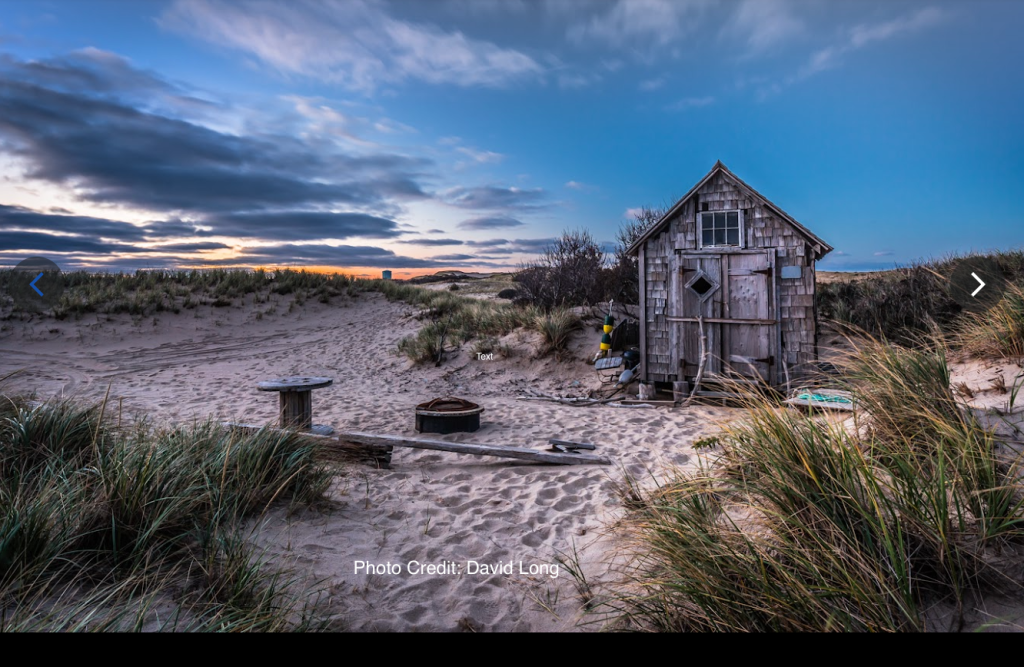
The history of the Provincetown Dune Shacks dates back to the 19th century, before the construction of the Cape Cod Canal. During this time, ships traveling from New York to Boston or Halifax would have to negotiate the treacherous waters of outer Cape Cod that were peppered with constantly shifting shoals and sandbars from Chatham to Provincetown. Over time, Cape Cod had amassed over 3,000 shipwrecks and was notorious for its reputation as an ocean “graveyard”.
The dune shacks were initially built, in part with wreckage gathered from the beach, to house members of the US Lifesaving Service along the sparsely populated coastline. Their mission was to assist crew members who washed ashore after a wreck, providing emergency shelter and food until they could be returned home. After the completion of the Cape Cod Canal, ships were able to bypass the hazardous waters and the number of shipwrecks dropped off dramatically, making the lifesaving stations obsolete.
In the 1920’s, many of the dune shacks were purchased and rebuilt by painters and writers who flocked to the artist’s colony developing in Provincetown. Over the years, many well known creatives have spent time at the shacks developing their work including writers Jack Kerouac, e.e. cummings, Norman Mailer, Eugene O’Neil and painter Jackson Pollock.
Since the creation of the Cape Cod National Seashore in 1961, most of the real estate along the coast as been purchased by the federal government, including 18 of the 19 existing dune shacks. They are still available for rent in the summertime to artists that apply for residencies from one to several weeks in duration. (Knockabout Blog)
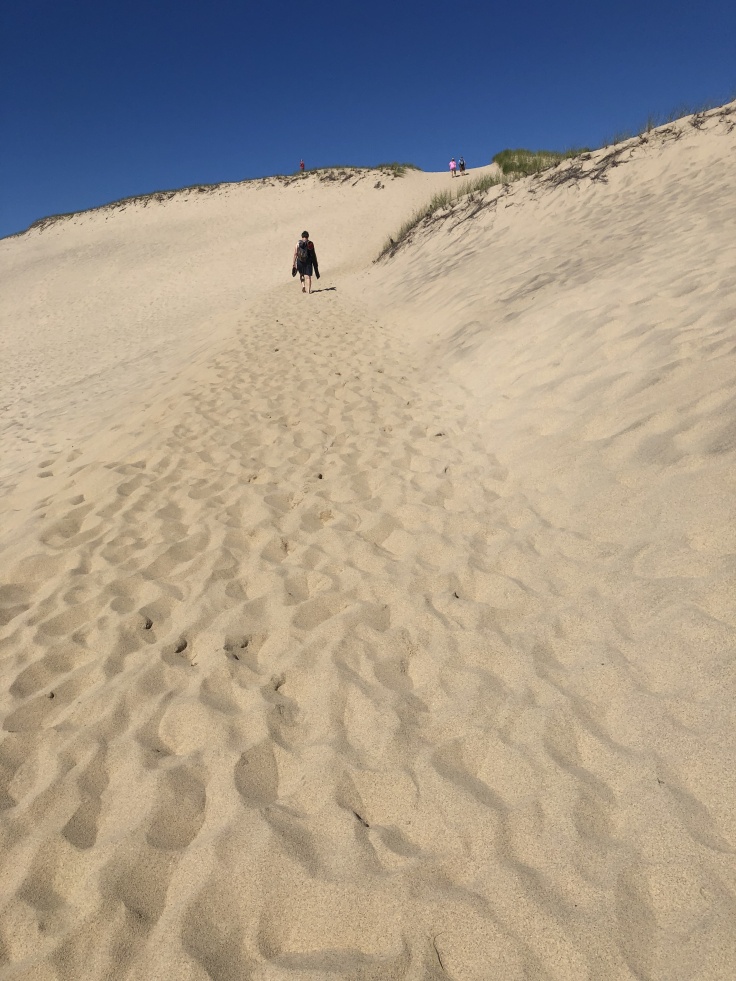
The trail out to the dune shacks and beach involes a fairly arduous 1 1/2 mile climb over some large dunes. You pass cranberry bogs where the natural aquifer rises to near-surface level.
This video gives an idea of what the hike is like. I reccomend it!

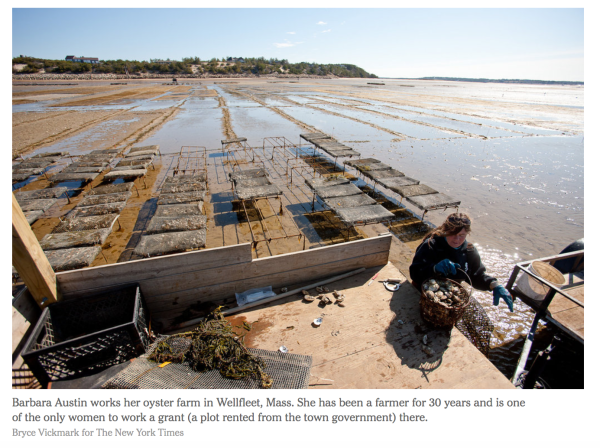
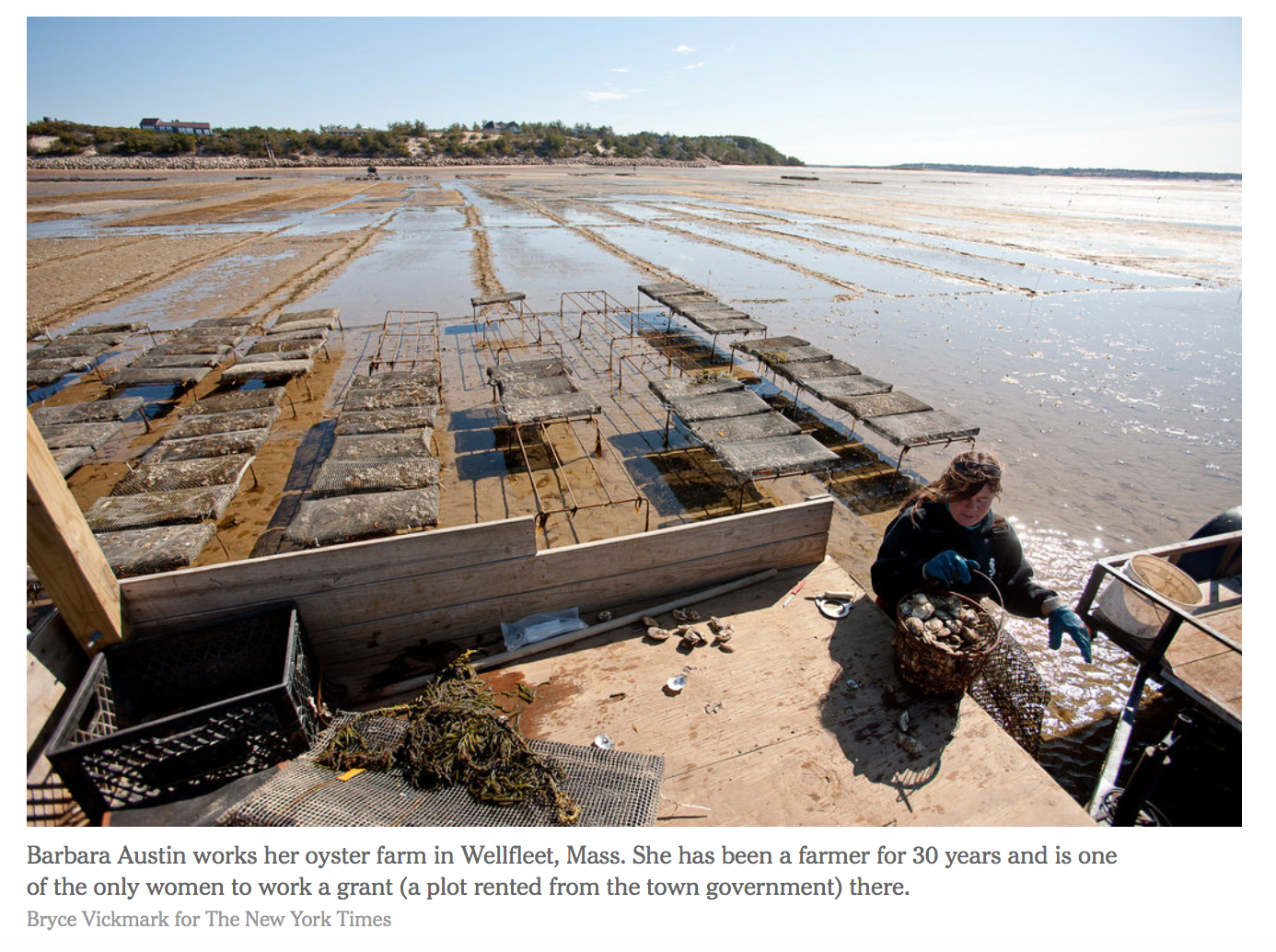 Originally published August, 2018
Originally published August, 2018

